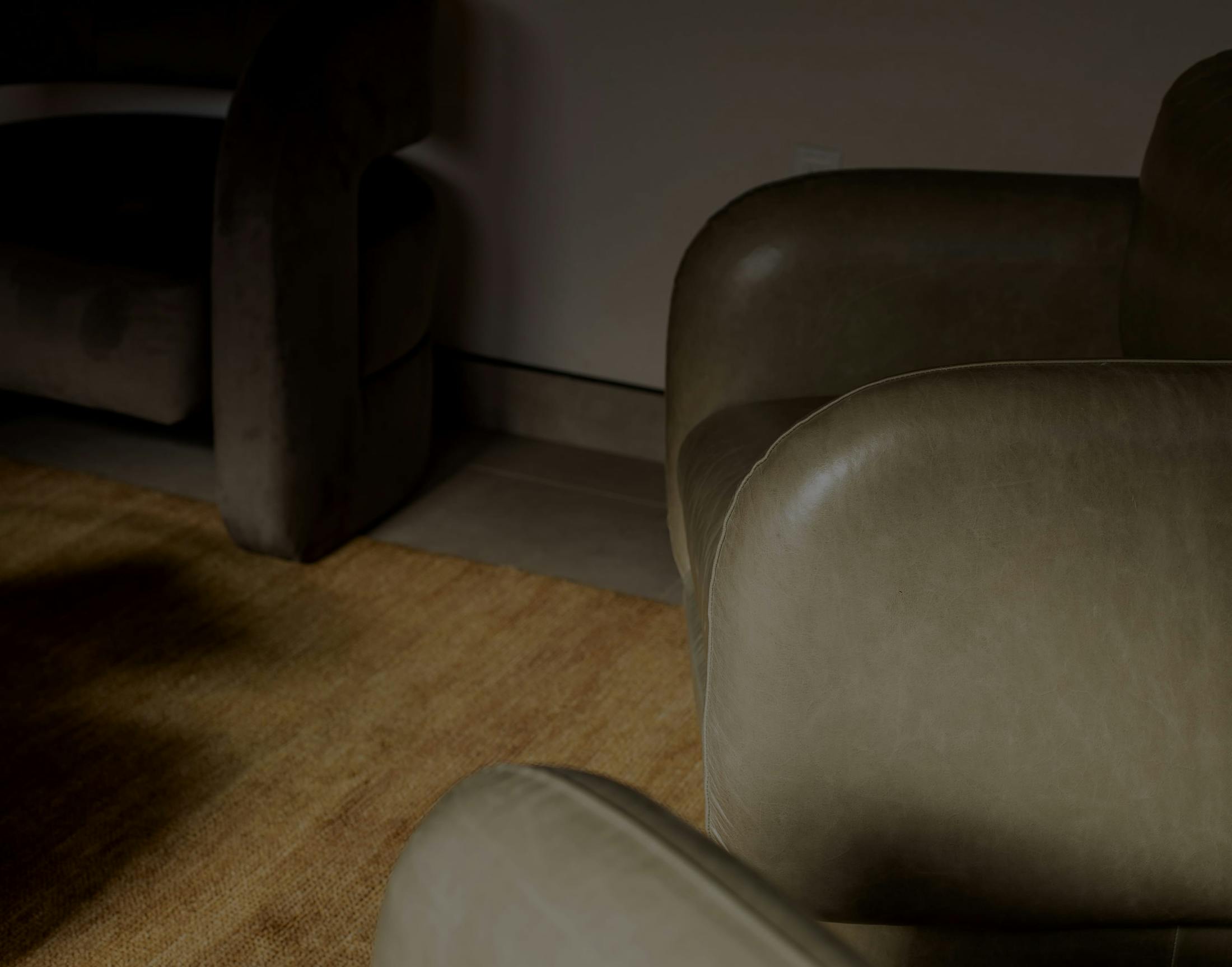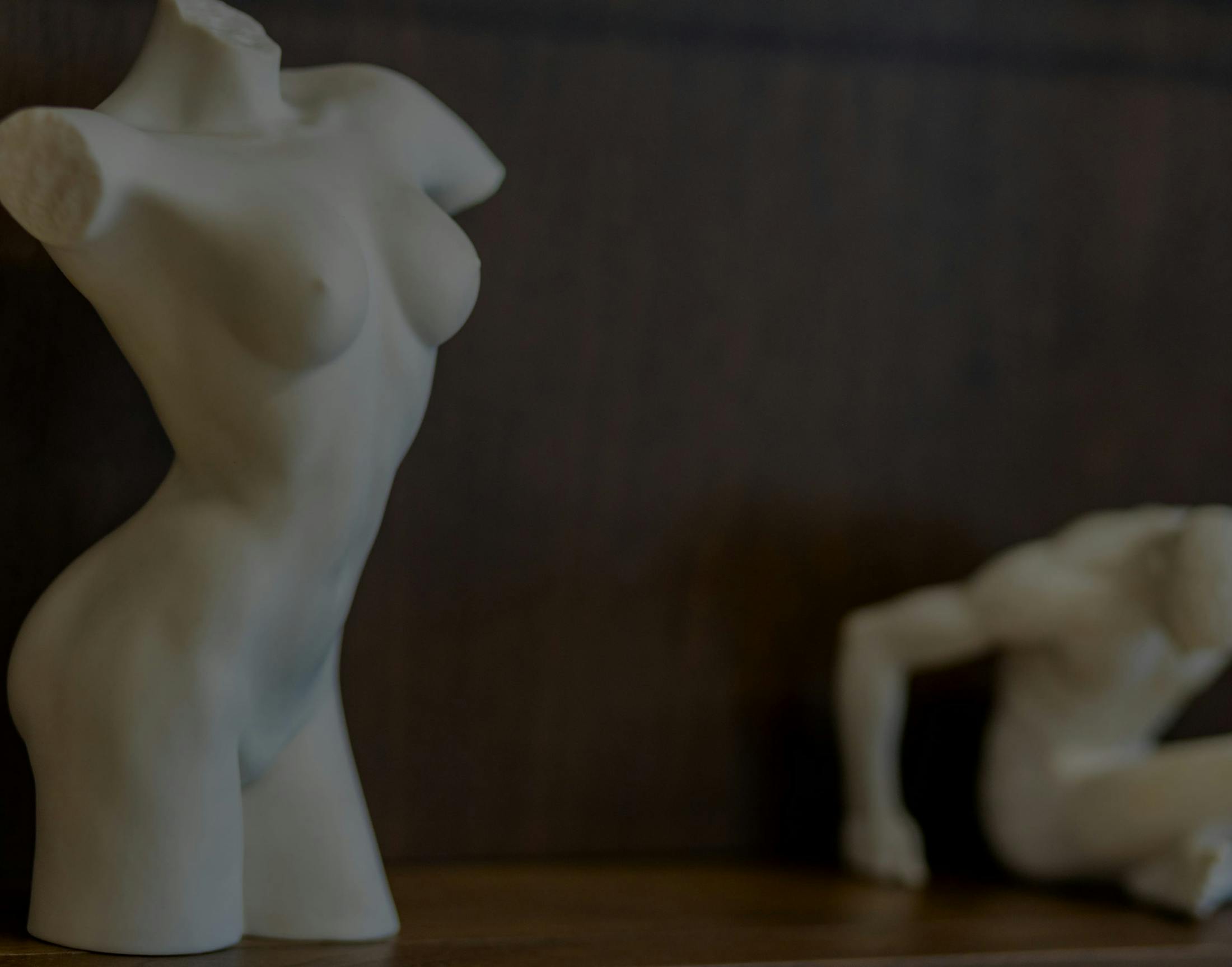When a breast implant is placed, the body forms a scar tissue capsule around it. This capsule contracts abnormally in some women, leading to capsular contracture, causing distortion, discomfort, and compromised cosmetic or functional results.
What Causes Capsular Contracture?
While this complication most commonly develops within the first few months after surgery, it can occur at any time, even years later. Capsular contracture is graded on a scale from I to IV:
- Grade I: The breast looks and feels completely natural.
- Grade II: The breast feels slightly firm, but still appears normal.
- Grade III: The breast feels firm and appears abnormal or misshapen.
- Grade IV: The breast is hard, painful, and visibly distorted.
Extensive research continues, but no definitive cause for capsular contracture has been established. Key risk factors include:
- Implant Placement: Subglandular placement (above the muscle) has a higher contracture rate (up to 50%), while submuscular placement (under the muscle) reduces the risk to 5-10%. Dr. Rahban typically opts for submuscular placement.
- Post-Surgical Complications: Issues like bleeding or fluid accumulation can lead to inflammation and capsule thickening, highlighting the importance of careful surgical technique and post-op management.
- Implant Type: Modern silicone implants don’t increase contracture risk compared to saline, and cohesive gel silicone may even have a lower risk.
- Surface Texture: Smooth implants may have a higher contracture rate than textured ones, but this remains debated. Dr. Rahban selects implants based on individual anatomy and goals.
- Infection and Biofilm: Biofilm, a layer of bacteria on the implant surface, may cause inflammatory responses leading to capsular thickening. This often requires implant removal for resolution. Dr. Rahban employs strict protocols to minimize this risk.
The most effective approach to treating the condition is typically a complete open capsulectomy, where the surgeon meticulously removes the entire capsule of scar tissue to allow the implant to sit naturally and comfortably within the breast pocket.









